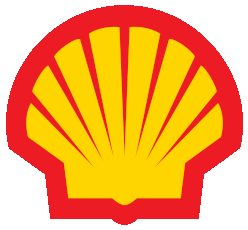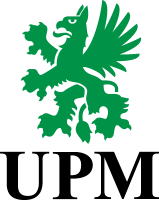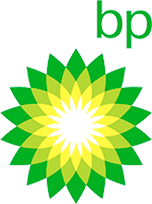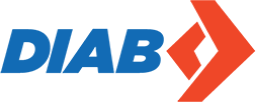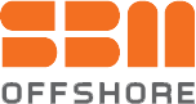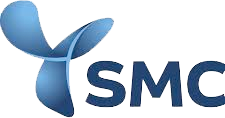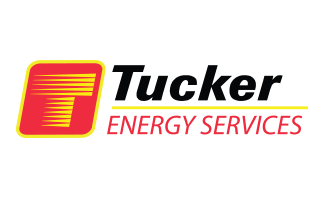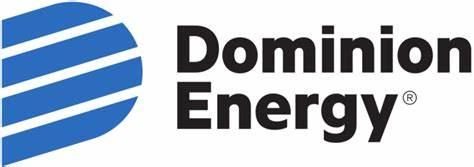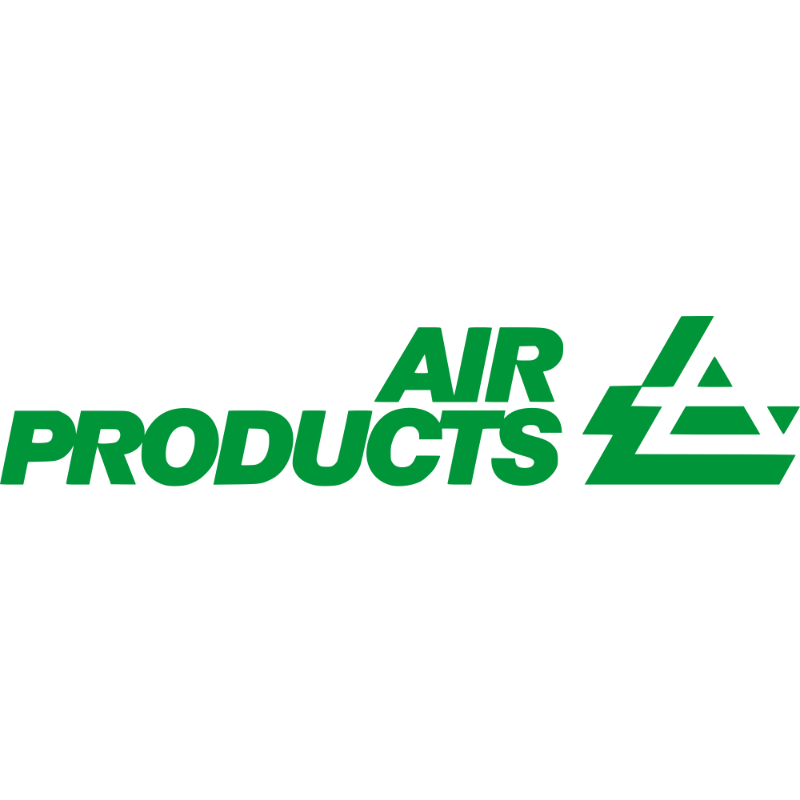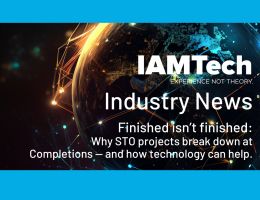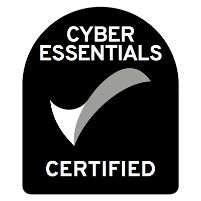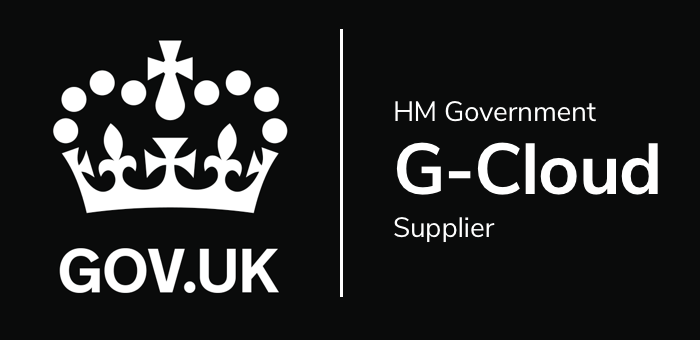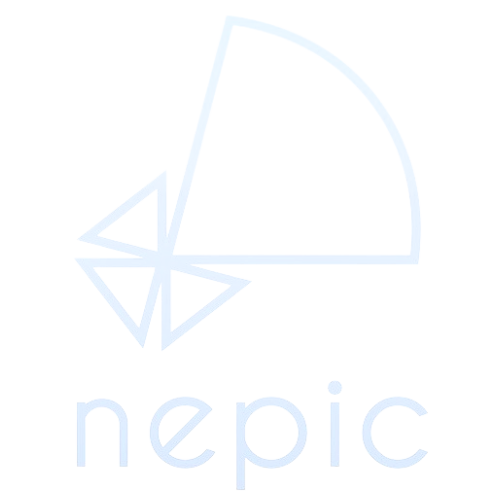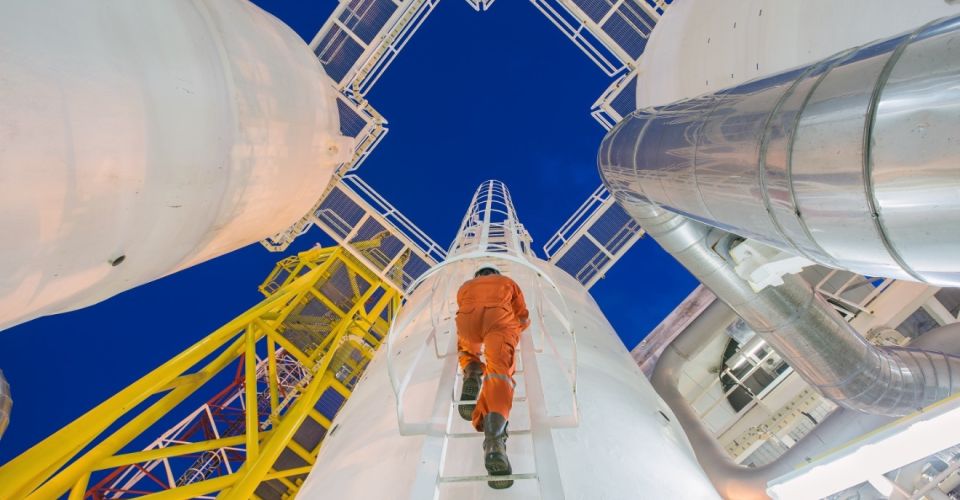
When shutdown, turnaround, and outage events occur, they are extremely complex. They often require multiple stakeholders to get involved to reduce the time that assets are offline. Ultimately, what is required is for zero safety incidents and maximum uptime.
For companies in the oil, gas, and renewable energy sectors having plants and equipment running reliably is fundamentally important. However, there are occasions when it is necessary for assets to be taken offline - whether that is through equipment failure, unexpected natural disasters, or for scheduled maintenance. This can be complicated - even where the outage event is planned. Ultimately, a highly coordinated process needs to happen in order for the downtime to be as minimal as possible.
Utilising technology to manage shutdowns and turnarounds
Often when shutdowns and turnarounds are going through the scoping and planning stage, they end up being ill-defined with changes occurring during the project that aren't then managed properly or properly controlled. This leads to schedule and cost overruns, as well as visibility issues. The same likewise occurs with outage activities.
Energy companies can navigate these complex challenges though, and mitigate the risks associated with shutdown, turnaround and outages.
Technology - and in particular, STO software - can help to maximise both visibility and productivity. A proven workflow will help to avoid delays, provide time recording and ensure proper planning has taken place. It doesn't even require internet on-site - technicians can capture scope and progress through onsite mobile apps.
Staying ahead of the competition
Despite a lot of software development and progress, there are still many utility companies who record project information using outdated spreadsheets and standalone methods. This causes issues with transparency and removes the ability for stakeholders to make critical decisions or provide on-time project execution as they don't have access to real-time data. This creates delays with workers, and therefore has a subsequent impact with the project delivery.
For those who don't utilise technology in their projects, there is a high chance they will fall behind the competition who will be looking to adopt such systems. Having an integrated technology plan with the right tools in place - such as full mobility support solutions - can be paramount to ensuring efficiency, transparency and traceability.
Delaying the adoption of modern tools with key integrations and real-time information can cause unnecessary financial risk, as well as put the utility company at a complete disadvantage against others. The answer is to use a centralised platform for project management, in which teams can track their work and increase their overall coordination. The result of this will be a vast improvement in organisation competence.
Using STO software
By using STO software, it is possible for stakeholders to simultaneously open numerous schedules at the same time and see a single 'integrated' critical path, along with resource statuses. This will give them the ability to view deficits, different calendar requirements, operational technology, plus much more.
When there are so many individual projects all occurring at the same time within an outage, it becomes invaluable for an individual to be able to see all of their individual project schedules in one go. They can then treat them as a cohesive schedule. Plugging a visibility gap for stakeholders also means that data can be used to make STO events more predictable. This can ensure timelines are accurately predicted and can be utilised in future projects for managing expectations.
Powerful analytics and reporting
One of the most important parts for meeting project visualisation needs are powerful analytics and complex reporting. These can include information such as reviews, estimates, scheduling data such as resource information, health information, and typical date data. Stakeholders will then have a much more powerful decision-making ability as they will have visibility through the whole organisation. Management will be in a position to make effective decisions.
Managing the scope
As well as the analytics and reporting being important, being able to manage and optimise the scope will also be vital to ensuring the project can deliver the most wrench time. This approach can also mean the right number of qualified resources are being made available at the right time.
On large STO projects, there can often be tens of thousands of activities with challenging time windows against them. Each will involve using specialised labour and parts/equipment that will need to be made available at very specific times. In order to do this without delay, all of this detail needs to be identified and scheduled in advance to ensure a smooth process. This helps to avoid costly delays.
Typically, the reason most STOs will go off-track is because of the scope creeping up and this creating issues. If decision-makers don't control this, then the original goals will not be met and both time and budget will be affected. This requires strong stakeholder coordination, which will ultimately come through using STO management software. All activities can then be tracked and mapped against budget, deadlines and the procurement process.
Building proactive plans
Although you can't always predict every eventuality during a shutdown or turnaround, you can mitigate the associated risks from an STO event by being proactive, planning for any unscheduled work, or putting contingencies in place in case something goes awry.
Get in touch today
If you're looking to make business improvements by using STO management software, get in touch today. A member of our team will be happy to provide you with a demo of iPlan and advice on how it can work to help your business needs.


